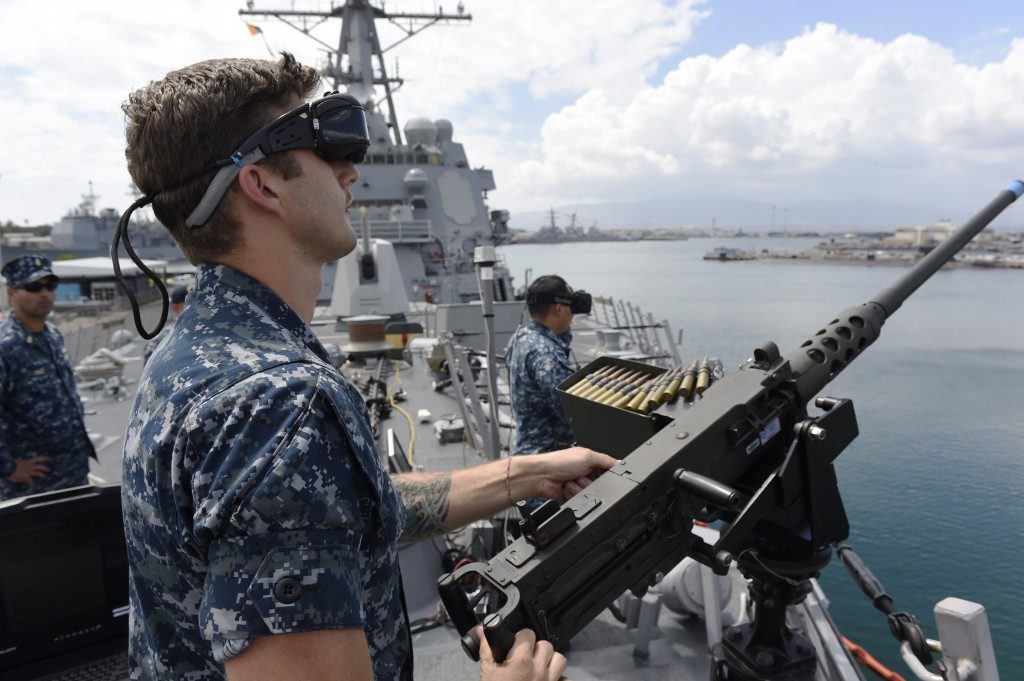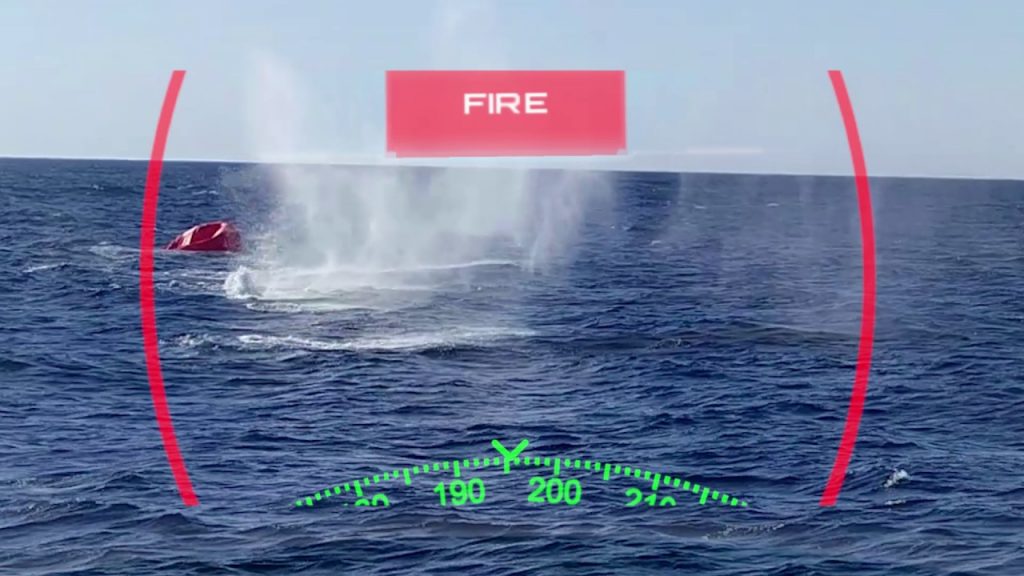The US Navy has come a long way from its evolution of advanced technology in the thousands of ships and aircraft serving worldwide. Research of technology such as virtual reality, has become the platform for use in recruitment, training, and operations.
This October 13th, the United States Navy turns 243 years old. In 1775, the Continental Congress established a naval force in hopes to wage tactical raids against the transports that supplied British forces in North America. To accomplish such a mission, a fleet of small ships was purchased, converted, and constructed in order to set out and hunt these commerce ships.
Two years after the end of the war, and in debt, Congress sold off the last ship of this Continental Navy. However, the expansion of trade and shipping in the 1790s still meant the possibility of attacks of European powers and pirates substantially increasing. In March 1794, Congress responded by calling for the construction of a half-dozen frigates, and the United States Navy was officially here to stay.
However, in current times, technology and tactics have become more and more advanced than the days of frigates and raids. In fact, the U.S. Navy finds innovative uses for new technology all the time, so it was no surprise that virtual and augmented reality found a place in many areas of the military branch.
Recruitment
The Navy has recently begun using virtual reality for recruitment by driving around a tractor trailer, called the Nimitz, around the country to schools, Fleet Weeks, air shows, and other special events. It has eight virtual reality pods, all donned with Oculus Rift headsets, and allows the Navy to accommodate about 60 people per hour. The virtual reality experience, created with design studio Helios, consists of a series of immersive experiences. Participants begin with being issued an RFID dog tag, go through a briefing, and participate in a virtual high-speed water extraction of a Navy SEAL team pinned down under enemy fire.
Participants navigate the mission using a piece of wearable technology called a SubPac that percusses in real time to the sounds of the mission, such as helicopter blades and live mortar fire. Participants also use a cutting-edge steering wheel and throttle system to replicate the actual sensation of piloting a high-speed assault craft. Once completed, participants then move to a “debriefing” station where they receive feedback and even a performance grade. It provides an opportunity to transform and elevate what it feels like to be part of today’s Navy.

According to a Virtual Reality Marketing case study, these efforts are seeing results. At the Winter X Games in Aspen, CO, where the Nimitz was stationed, the Navy saw a 48% increase in leads; at the Army/Navy football game in Baltimore, the Navy saw a 126% increase in leads. In the first two months after the Navy’s VR efforts began, leads of potential recruits have more than doubled compared to the previous two years combined.
Training and Future Operations
The Fleet Integrated Synthetic Training/Testing Facility, or FIST2FAC, was created in response to an urgency for a more inexpensive and portable way for ships to train in any given operating area. The latest iteration of the U.S. Navy’s simulator training technology blends live-action exercises with virtual reality. For example, sailors operate a 50-caliber machine gun on a ship, wearing augmented reality glasses, enabling them to see virtual enemy combatants within a live physical setting.

FIST2FAC uses reusable software and gaming technology that helps sailors develop strategies through interactive intelligence forces in various virtual environments. It can realistically replicate situations with aircraft carriers, helicopters, lethal and nonlethal weapons, and enable training on several missions simultaneously.

The Battlespace Exploitation of Mixed Reality, or BEMR Lab, is also developing inexpensive, cutting edge technology for the U.S. Navy by combining virtual and augmented reality in San Diego. Sponsored by the Office of Naval Research, the BEMR Lab hopes to provide training that could allow virtual reality simulations such as being able to walk the decks of a ship, helping sailors in getting to know the details before ever arriving at the actual vessel. Or, simulating live-fire exercises for a variety of crews, as well as finding a multitude of solutions using advanced technology for many fleet challenges.
In March 2016, Lt. Robert McClenning, a training officer aboard the guided-missile destroyer, USS Gridley, won the top spot and $100,000 in prototyping funds for his augmented reality helmet concept. His innovation, GunnAR, is an augmented reality overlay placed onto helmets manufactured by industry partner, DAQRI, an augmented reality technology company in Los Angeles. It’s prototype fused information from a ship’s gunnery liaison officer and weapon system into an easy-to-interpret visual format for the gunner manning a naval gun system.
Since then, DAQRI has collaborated with the U.S. Navy to outfit this augmented reality helmet for use on battleships. The gunnery liaison officer (GLO) uses an Android tablet to identify the gun position on a diagram of the ship and select the action, such as track, hold, fire, or cease fire. The tablet is linked to Smart Helmets worn by the gunners, who see the commands in their field of view through their displays. The system also assists the gunner with locating objectives and aiming, all within the gunner’s field of view. The helmet, in turn, shares the gunner’s view from a mounted camera to the GLO, who can follow the feed through an inset window on the tablet.
While the Navy is continuing to implement the system into its fleet, GunnAR made its live-fire testing debut in June, 2017, aboard the USS Bunker Hill as part of an annual naval training exercise.

This year, the U.S. Navy has also selected Bohemia Interactive Simulations (BISim) to develop new augmented and virtual reality technologies to train aircrews. BISim has been tasked with providing a T-45 simulator cockpit that immerses trainees in a high-fidelity virtual reality environment. The software will allow pilots a 360º of view and recreate the station, avionics, and flight dynamics of the T-45, allowing pilots to flip switches, turn knobs, and completely interact with cockpit displays as would be conducted with a real flight trainer. The goal is to support basic flight and cockpit familiarization, operations, and basic fighting maneuvers. The technology will be employed by the Chief of Naval Air Training and the Naval Air Warfare Center Training Systems Division.

Future of U.S. Navy Technology
Virtual reality technology have the potential to fundamentally change how military personnel training is delivered. These solutions, and future solutions that are just beginning, offer tremendous benefits to the U.S. Navy, from spreading awareness and encouraging new enlistments, decreases in costs, on-the-go training, and ultimately increasing readiness for sailors around the world.




